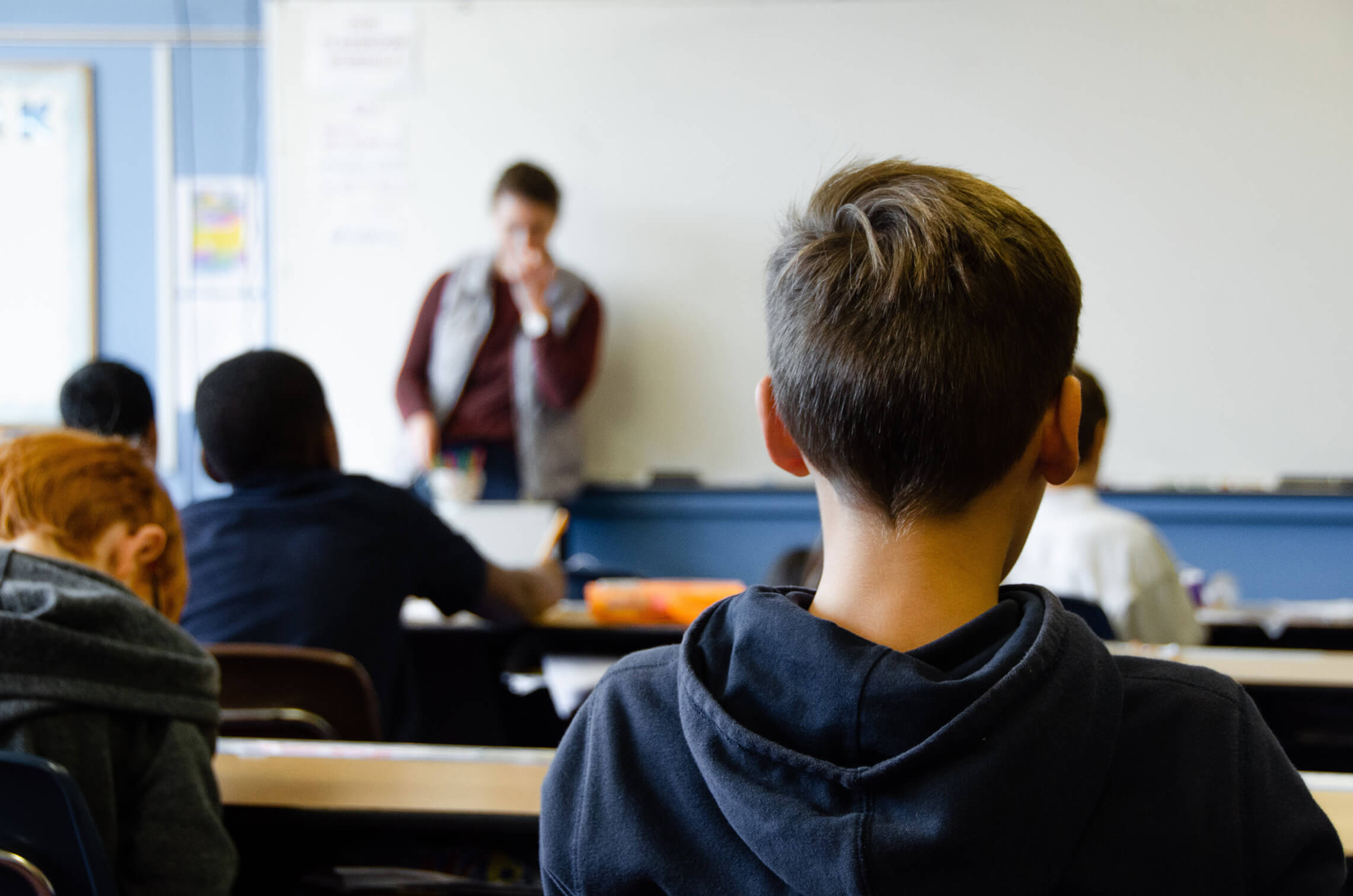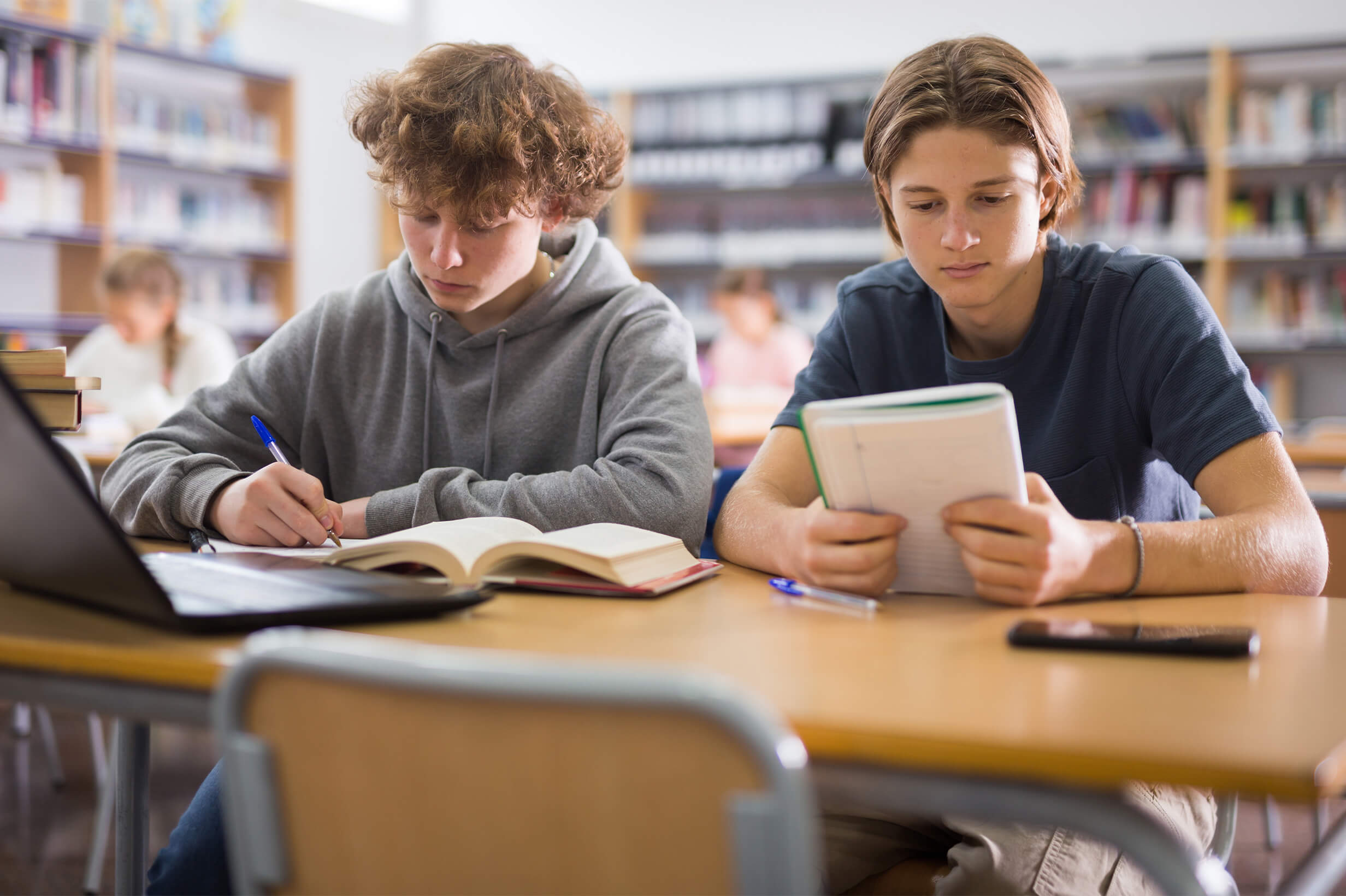

The Links Between Poor Well-Being and Impaired Academic Performance
Improving your pastoral dashboard, can actually help drive academic improvements
Research evidence shows that health, wellbeing and attainment are closely linked. So promoting the health and wellbeing of pupils within schools and colleges has the potential to improve their educational outcomes and their health and wellbeing outcomes.
The PHE report Public Health England: The link between pupil health and well-being and attainment states:
Pupil wellbeing predicted their later academic progression and engagement in school
For example, pupils with better emotional wellbeing at age seven had a value-added key stage 2 score 2.46 points higher (equivalent to more than one term’s progress) than pupils with poorer emotional wellbeing.
Pupils with better attention skills also make more progress across the four key stages
For example, pupils with no attention problems at age 13 had a total value-added GCSE score that was equivalent to more than one extra GCSE at grade A* (63.38 points higher).
STEER Tracking allows schools to identify social-emotional biases that might not only lead to increased social-emotional risks but will also impact on their ability to learn in the classroom.
The chart below summarises the four major factors affecting social-emotional mental health, the 8 polar biases for each of those factors and a summary of how this impacts on learning behaviours and therefore academic progress.
Finally, a bold line connecting mental health and well-being and academic progress rather than a dotted one!
This table illustrates how the eight STEER polar biases impact students’ learning behaviours in your classrooms. It demonstrates to your teaching staff that a pupil’s ability to self-regulate and “STEER” gives them the skills to be more effective learners. This will directly impact your school’s academic progress data.
Improved student steering > Improved academic outcomes
Polar low Self Disclosure RIsks |
Healthy Self Disclosure |
Polar High Self Disclosure Risks |
||
|
Students who steer their self disclosure choose when to share their thoughts, feelings, ideas and opinions with others, and when to keep them private |
|
||
Polar low Self Trust of Self Risks |
Healthy Trust of Self |
Polar High Trust of Self Risks |
||
|
Students who steer their Trust of Self choose when to trust their thoughts, ideas, qualities, skills, and opinions and when to question them |
|
||
Polar Low Self Trust of Others Risks |
Healthy Trust of Others |
Polar High Trust of Others Risks |
||
|
Students who steer their Trust of Others choose when to trust other peoples’ thoughts, ideas, qualities, skills, and opinions and when to question them |
|
||
Polar Low Seeking Change Risks |
Healthy Seeking Change |
Polar High Seeking Change Risks |
||
|
Students who steer their Seeking Change choose when to change or explore new relationships, opportunities and ideas, and when to limit change by making relationships, opportunities and ideas more secure and predictable. |
|
||





